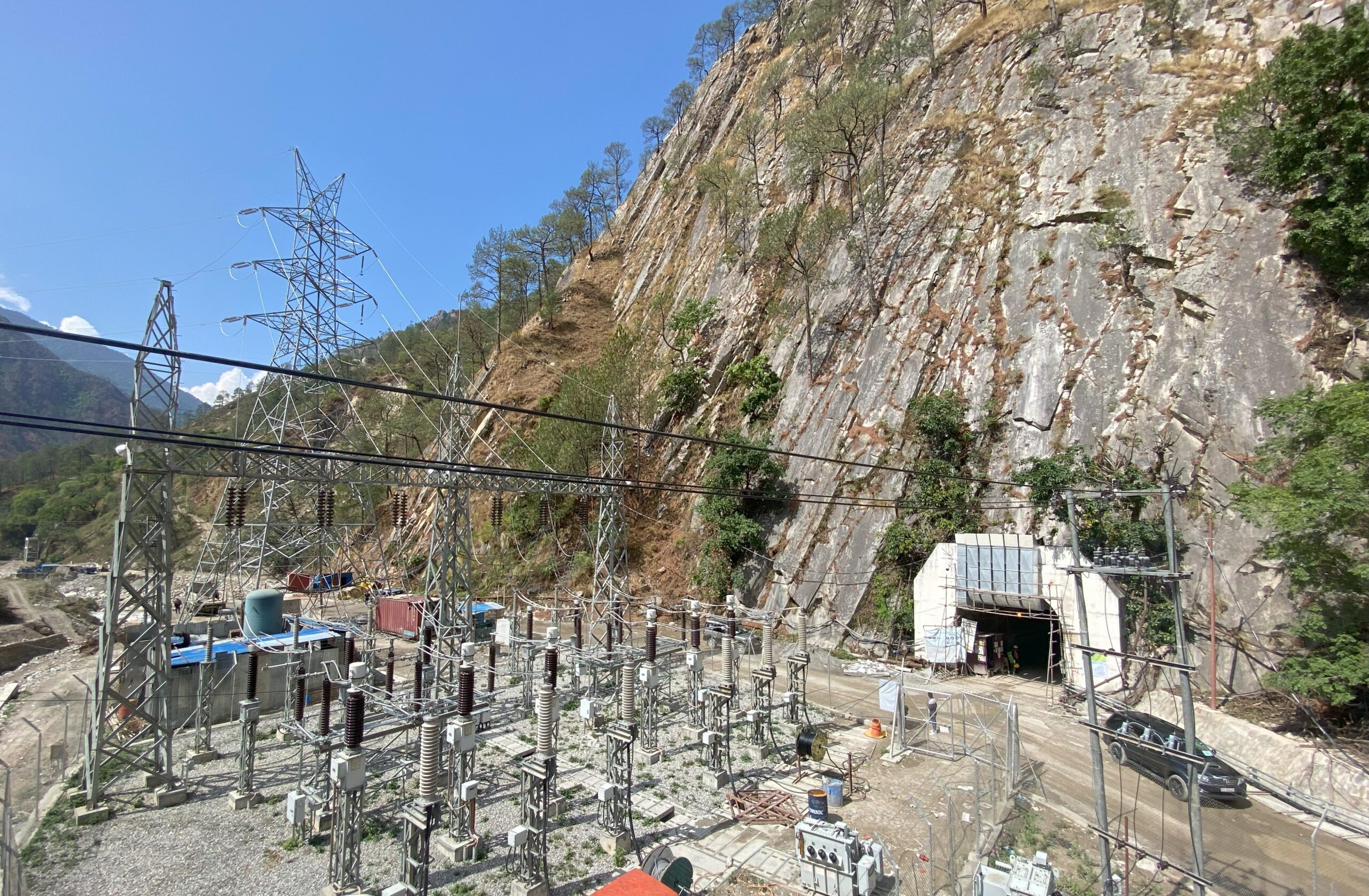Floods Halt Over 200 MW Power Generation as Major Hydropower Projects Suffer Damage in Nepal

Kathmandu – Torrential rains and subsequent flooding in the Trishuli River have caused severe damage to multiple hydropower projects in Nepal, disrupting the generation of over 200 megawatts of electricity at a time when the country heavily relies on domestic hydropower for energy stability.
According to the Nepal Electricity Authority (NEA), three major hydropower plants; Rasuwagadhi Hydropower (111 MW), Chilime Hydropower (22 MW), and Trishuli 3A (60 MW); have been forced to suspend operations due to flood-induced damage to their infrastructure.
NEA spokesperson Rajan Dhakal confirmed that the Rasuwagadhi Hydropower Project, located near the heavily impacted Rasuwagadhi border point, has sustained the most severe damage. “The full extent of the damage is still being assessed, but we can confirm that generation from these three projects has come to a halt,” he stated. Dhakal also noted that other facilities, including the aging Trishuli Hydropower Plant and some privately operated projects in the region, have also reported damages.
In addition, the Three B Hub substation, a critical node in Nepal’s electricity transmission network, has been flagged as being at high risk due to floodwaters and sediment flow. Any disruption at this substation could hamper the distribution of power from several plants in the region, compounding the crisis further.
The sudden loss of over 200 MW, which is nearly 10% of Nepal’s peak demand, could put strain on the national grid, especially during early morning and evening peak hours. While Nepal has been generating surplus energy during the monsoon season in recent years, the temporary shutdown of key plants may necessitate load management or power imports from India if the situation worsens.
The incident also highlights Nepal’s vulnerability to climate-induced disasters, particularly in hydropower-dependent regions. Flash floods, landslides, and riverbank erosion remain persistent threats during the monsoon season, often putting decades of infrastructure development at risk.
Energy experts say the growing frequency of such climate-related disruptions should prompt urgent investments in disaster-resilient designs, early warning systems, and adaptive infrastructure planning in Nepal’s hydropower sector.
The NEA, local authorities, and project teams are currently coordinating efforts to assess damage, restore operations where possible, and secure at-risk facilities. Emergency crews have been deployed in the Rasuwagadhi and Chilime regions to stabilize transmission lines and protect key infrastructure from further damage.



